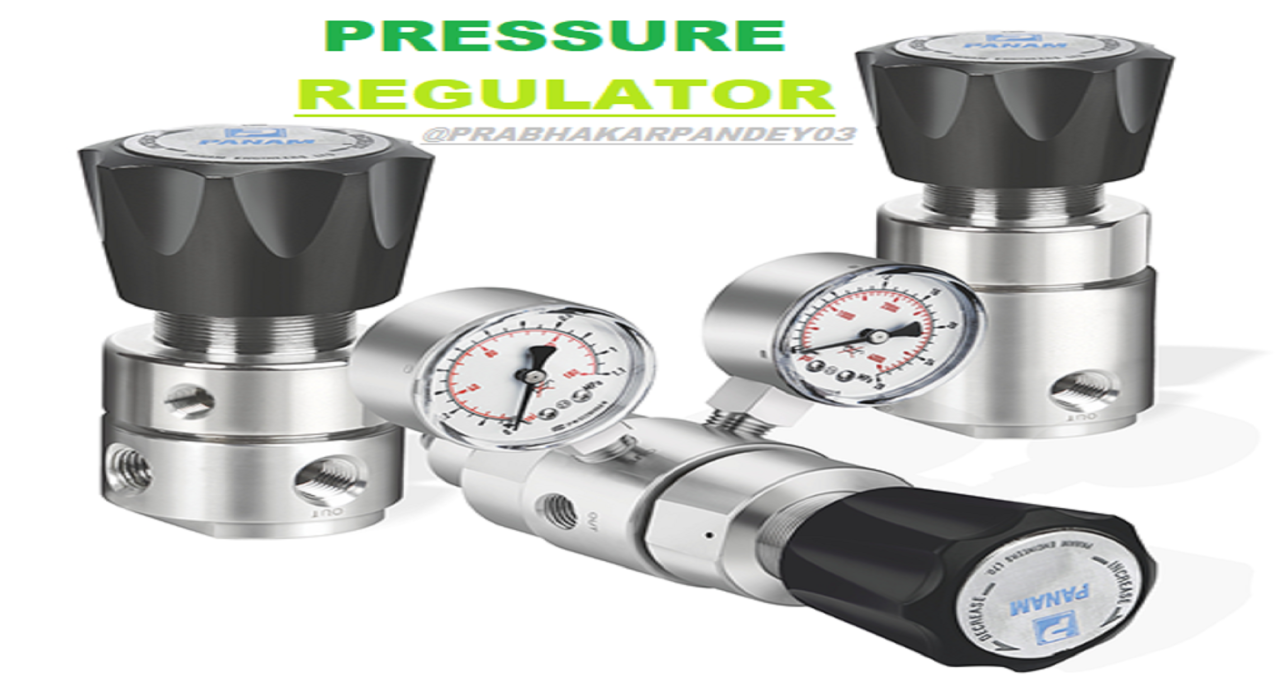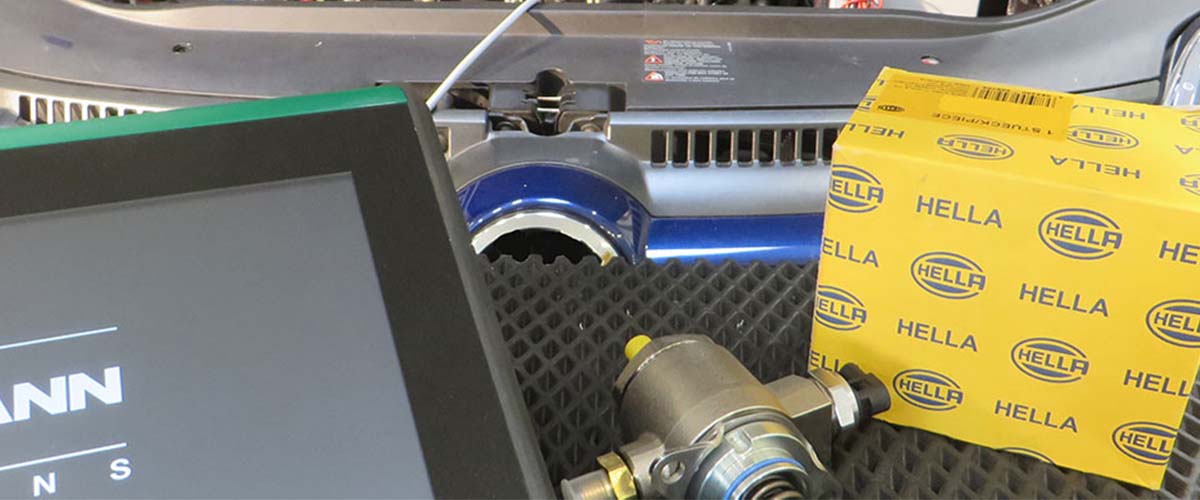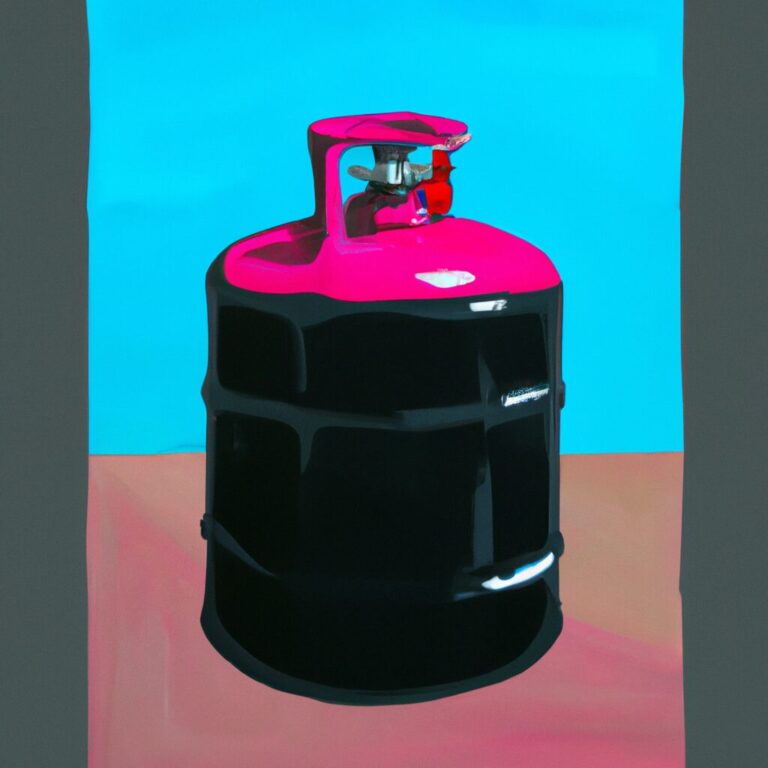Mastering the Fuel Pressure Regulator: 7 Essential Tips
Mastering the fuel pressure regulator is essential for optimum engine performance. Here are 7 key tips to help you understand and control your fuel pressure regulator effectively.
The fuel pressure regulator plays a crucial role in delivering the correct amount of fuel to the engine, ensuring it runs smoothly and efficiently. It regulates the fuel pressure by controlling the flow of fuel from the fuel tank to the engine.
With these 7 tips, you’ll be able to master the fuel pressure regulator and ensure your engine performs at its best, minimizing fuel consumption and maximizing power output.
Understanding Fuel Pressure Regulator
Learn about the fuel pressure regulator and its crucial role in optimizing fuel delivery for efficient engine performance. With these 7 essential tips, you can master the function and maintenance of the fuel pressure regulator to ensure smooth running and longevity of your vehicle.
What Is A Fuel Pressure Regulator?
A fuel pressure regulator is a crucial component in a vehicle’s fuel system that helps control the pressure of the fuel supplied to the engine.
Importance Of Fuel Pressure Regulation
Proper fuel pressure regulation ensures optimal performance, efficiency, and longevity of the engine by delivering the right amount of fuel at the right pressure.

Credit: www.linkedin.com
Signs Of Fuel Pressure Regulator Issues
A fuel pressure regulator plays a crucial role in maintaining the optimal fuel pressure levels in your vehicle’s engine. However, like any other automotive component, it can malfunction over time. Identifying the signs of a faulty fuel pressure regulator is essential to prevent long-term damage to your vehicle and ensure smooth engine performance. In this section, we will explore the common symptoms to look for when it comes to fuel pressure regulator issues and the impact they can have on your vehicle.
Common Symptoms To Look For
- Engine Misfire: A malfunctioning fuel pressure regulator can cause your engine to misfire, resulting in a rough idle or hesitation during acceleration.
- Poor Fuel Economy: If you notice a sudden drop in your vehicle’s fuel efficiency, it could be a sign of a faulty fuel pressure regulator.
- Black Smoke from Exhaust: Excessive black smoke coming from your vehicle’s exhaust is an indication that the fuel pressure regulator is not functioning correctly, leading to an imbalance in the fuel-air mixture.
- Stalling or Difficulty Starting: A faulty fuel pressure regulator can cause your vehicle to stall or experience difficulties when starting, as it affects the consistency of fuel delivery.
- Strong Smell of Fuel: If you detect a strong odor of fuel, it could indicate a fuel leak caused by a malfunctioning fuel pressure regulator.
- Fluctuating Idle: An unstable or fluctuating idle speed is often caused by an inconsistent fuel pressure supplied by a faulty regulator.
- Check Engine Light: A malfunctioning fuel pressure regulator can trigger the check engine light on your dashboard. Be sure to use an OBD-II scanner to retrieve the specific trouble codes for accurate diagnosis.
Impact Of Malfunctioning Regulator
A malfunctioning fuel pressure regulator can have a significant impact on the overall performance of your vehicle. It not only affects the fuel efficiency and smoothness of the engine but can also lead to potential safety hazards. An improper fuel pressure supply can cause engine damage, such as piston ring wear, fuel injector problems, or even engine failure. Additionally, it can result in increased emissions, failing emissions tests, and harm the environment. Therefore, it is crucial to address any fuel pressure regulator issues promptly to avoid costly repairs and maintain the overall health of your vehicle.
Testing And Inspection Methods
When it comes to mastering the fuel pressure regulator, understanding the different testing and inspection methods is vital. These methods help to ensure that the fuel pressure regulator is working properly and that your vehicle is running at optimal performance. In this section, we will explore the various techniques that will help you effectively test and inspect your fuel pressure regulator.
Using A Fuel Pressure Gauge
A fuel pressure gauge is an essential tool for testing the fuel pressure regulator. It allows you to measure the pressure of the fuel system accurately. Here is a step-by-step guide on how to use a fuel pressure gauge:
- First, locate the fuel pressure test port on your vehicle. It is usually located on the fuel rail.
- Next, connect the fuel pressure gauge to the test port. Ensure that it is securely attached.
- Start the engine and let it run for a few minutes to stabilize the fuel pressure.
- Observe the fuel pressure gauge reading. It should match the specifications provided by the vehicle manufacturer.
- If the fuel pressure is too high or too low, it indicates a possible issue with the fuel pressure regulator.
- Once you have completed the test, disconnect the fuel pressure gauge and securely reattach the test port cap.
Visual Inspection Techniques
In addition to using a fuel pressure gauge, visual inspection techniques can provide valuable insights into the condition of your fuel pressure regulator. Here are some visual inspection techniques to consider:
- Inspect the fuel lines for any signs of leaks or damage. Look for cracks, worn-out sections, or loose connections.
- Check the fuel pressure regulator for any signs of corrosion or physical damage. It should be securely mounted and free from any obstructions.
- Examine the fuel rail for any signs of fuel leakage or accumulation of dirt and debris.
- Inspect the vacuum line connected to the fuel pressure regulator. Ensure that it is properly attached and free from cracks or leaks.
- Check the fuel injector nozzles for any signs of clogs or blockages.
- Finally, inspect the fuel tank cap for any signs of damage or improper sealing.
By using a fuel pressure gauge and conducting visual inspections, you can effectively test and inspect your fuel pressure regulator. These methods will help you identify any potential issues and ensure that your vehicle is running smoothly.

Credit: www.hella.com
Regulator Adjustment And Maintenance
If you want to master your fuel pressure regulator, it’s crucial to understand the importance of proper adjustment and regular maintenance. Follow these essential tips to ensure optimal performance:
Correct Pressure Adjustment
- Check manufacturer specifications for the correct fuel pressure level.
- Utilize a reliable pressure gauge for accurate adjustments.
- Make small incremental changes while monitoring the pressure closely.
- Ensure the engine is at optimal operating temperature.
Regular Maintenance Practices
- Inspect the regulator for any signs of wear or damage.
- Clean the regulator regularly to prevent debris buildup.
- Check for leaks or loose fittings that may impact efficiency.
- Replace any worn-out components promptly to maintain functionality.
Upgrading Your Fuel Pressure Regulator
Upgrading your fuel pressure regulator is a crucial step towards optimizing your vehicle’s performance. Whether you’re looking to boost horsepower, improve fuel efficiency, or enhance the overall drivability of your car, selecting the right aftermarket fuel pressure regulator and ensuring proper installation is key. Here are some essential considerations to guide you through the process.
Aftermarket Options
When considering an upgrade to your fuel pressure regulator, the aftermarket offers a range of options to cater to different performance needs. From adjustable regulators to high-flow units, there are choices tailored to meet specific requirements. Prioritize durability and compatibility with your vehicle’s fuel system when selecting an aftermarket regulator.
Installation Considerations
The installation of an upgraded fuel pressure regulator demands attention to detail. Ensure that the regulator is compatible with your specific vehicle make and model. Additionally, validate that the regulator is properly adjusted to maintain the ideal fuel pressure levels. Thoroughly inspect for any potential leaks or compatibility issues after installation.

Credit: www.amazon.com
Frequently Asked Questions Of Mastering The Fuel Pressure Regulator: 7 Essential Tips
What Psi Should I Set My Fuel Pressure Regulator?
Set your fuel pressure regulator PSI according to your vehicle’s specifications for optimal performance.
How Do You Adjust The Fuel Pressure Regulator?
To adjust the fuel pressure regulator, follow these steps: 1. Locate the regulator on the fuel rail. 2. Use a wrench to loosen the locknut. 3. Turn the adjustment screw clockwise to increase pressure or counterclockwise to decrease pressure. 4. Tighten the locknut once the desired pressure is achieved.
5. Check for any leaks and ensure proper fuel system function.
What Are The Signs Of A Bad Fuel Pressure Regulator?
Signs of a bad fuel pressure regulator include decreased fuel efficiency, difficulty starting the engine, black smoke emission, and engine misfires. Another indication is the fuel pressure gauge reading outside the normal range. It’s important to address these issues promptly to maintain the optimal performance of your vehicle.
Where Is The Best Place To Mount A Fuel Pressure Regulator?
Mount the fuel pressure regulator near the fuel rail for optimal performance. Ensure proper installation for efficient fuel system function.
Conclusion
Mastering the fuel pressure regulator is key to optimizing your vehicle’s performance. By following these 7 essential tips, you can ensure smooth operation and increase efficiency. Understanding the importance of proper maintenance and adjustment will prolong the life of your regulator and save you time and money in the long run.


